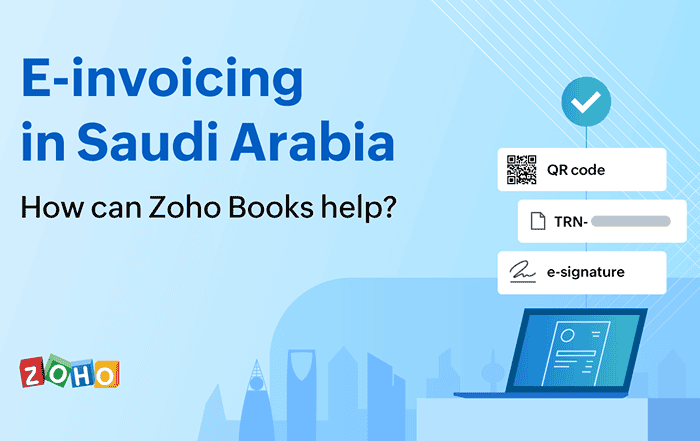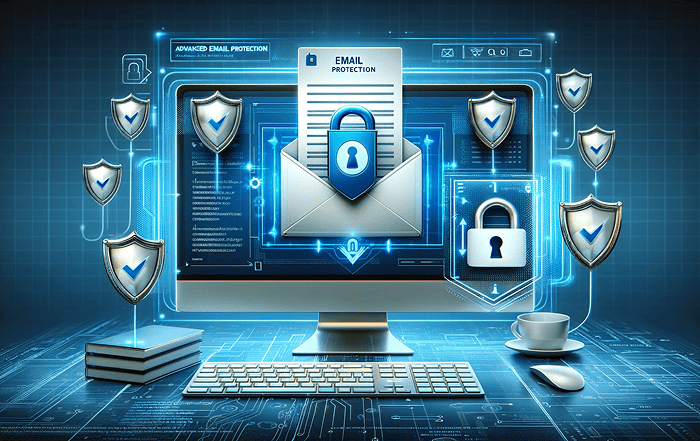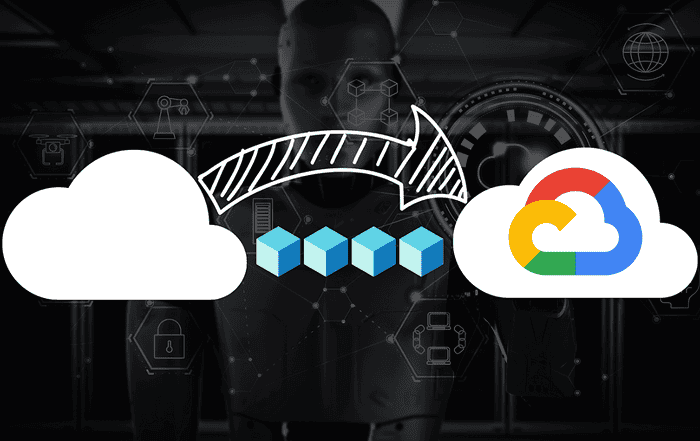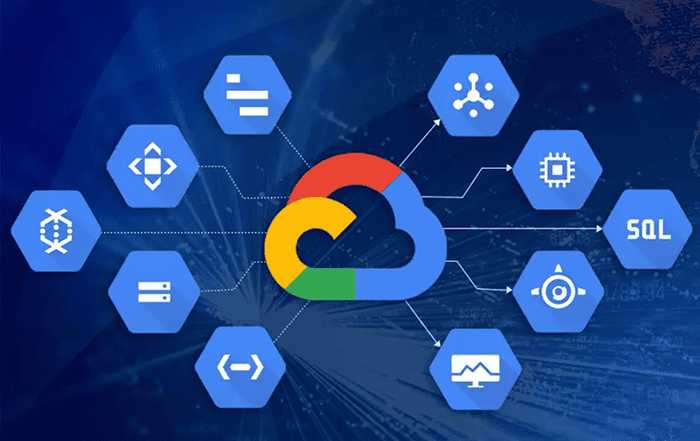
Introduction
At Google, they don’t believe that only companies with big IT departments and sophisticated infrastructure should be able to communicate securely and confidentially. Implementing end-to-end encryption (E2EE) for email has historically been challenging and frequently calls for complex configurations like S/MIME and proprietary solutions. In an effort to close this gap, Gmail is now offering streamlined E2EE features that improve data protection and compliance while drastically lowering IT overhead. The ability to transmit end-to-end encrypted emails with a few clicks, for example, eliminates the need for third-party software and certificates for a worldwide healthcare provider managing sensitive patient information and regulatory papers. This enables them to fulfill stringent regulatory requirements like HIPAA and GDPR and keep complete control over their encryption keys, resulting in quicker and more secure communication across geographical boundaries.
The goal of enabling safe and private communication for all businesses, regardless of size, has always been a top focus for Google. In the past, corporate email end-to-end encryption (E2EE) was a difficult process that was usually only done by large companies with specialized IT staff. In an effort to change that narrative, Google is launching a streamlined E2EE feature for corporate customers which will make secure communication easier to use and more accessible.
For instance, a worldwide healthcare provider that handles confidential patient data and papers that are essential for compliance may now send encrypted emails safely and easily without the need for external tools or laborious certificate administration. This is a big step toward making encryption more accessible to companies in all industries.
What is the current state of encrypted emails?
Even while the majority of business email providers, such as Gmail, now encrypt data while it’s in transit and at rest, many have yet to achieve real end-to-end encryption. The industry standard for encrypted email in regulated sectors, including government, healthcare, and finance, Secure/Multipurpose Internet Mail Extensions (S/MIME), has a significant operational overhead.
In addition to taking a lot of time, IT staff are responsible for handling digital certificates, setting up user access, and making sure the sender and recipient are configured correctly. For non-technical users, this can be disheartening. Furthermore, enterprises typically turn to proprietary solutions or provider-based encryption technologies when S/MIME is not practical. These sometimes include using complicated portals and browser extensions that interfere with user experience, or providing encryption keys, which compromise privacy.
In Gmail, Google has redesigned the E2EE experience to prioritize security and ease of use, bridging the gap between strong encryption and usability.
Gmail’s New End-to-End Encryption Capabilities
With its new E2EE strategy in Gmail, Google hopes to address these persistent issues with a straightforward, adaptable, and extremely safe solution. Regardless of the recipient’s email service, corporate users may now send encrypted emails with a few clicks and no special software or certificates.
- To ensure the highest level of privacy and compliance, encryption keys are entirely within the customer’s control and are not accessible by Google servers. Three situations are handled by the platform with intelligence:
- Users of Gmail (personal or business): Emails are easily decrypted in their inbox.
- Users who are not Gmail users are invited to use a guest Workspace account to view the message through a limited, secure version of Gmail.
- Recipients with S/MIME support: Gmail preserves compatibility by automatically using the current S/MIME routing.
- Businesses all throughout the world, including those collaborating with authorized Google Workspace Partner are already embracing this scalable and seamless design.
Control is just as important as encryption when it comes to security. With Gmail’s E2EE service, IT managers may have fine-grained control over critical communications.
Enhanced control for IT teams
Beyond easier encryption, Gmail’s latest features provide IT managers more control over email data. Regardless of their email platform, organizations may implement policies mandating that all external recipients utilize the limited Gmail view. This will help to ensure that private data is not stored on untrustworthy servers or devices.
Additionally, this limited view offers sophisticated access controls. Now, encrypted emails may be subject to security regulations, revocation, and expiration, much like a document in Google Drive. This gives IT teams long-term management over business communications.
Gmail’s new encryption capabilities are based on a strong security architecture called Client-Side Encryption (CSE), which guarantees compliance and real data sovereignty.
Under the Hood: Powered by Client-Side Encryption (CSE)
The fundamental security element of Google Workspace, Client-Side Encryption (CSE), forms the basis of this invention. CSE encrypts data on the user’s device prior to transmission or storage within Google’s infrastructure. The consumer controls the encryption keys and keeps them wherever they choose, not Google.
This design allows firms to comply with stringent regulatory standards, such as:
- For regional authority over sensitive data, data sovereignty
- Healthcare-related communications under HIPAA
- Export regulations to ensure global adherence.
With the help of a Google Workspace Partner in Calicut, local companies can now manage and execute CSE with professional assistance catered to their compliance frameworks and operational requirements.
In order to assist businesses better categorize, handle, and protect critical information, Google completes its security suite with cutting-edge technologies.
Additional Security and Sovereignty Enhancements
In addition to Gmail’s E2EE capability, a number of recently released corporate security improvements are available:
- CSE Default Mode: Administrators have the ability to make encrypted emails the standard practice for departments that handle sensitive information.
- Classification Labels: Users can recognize message sensitivity and adjust their response with the use of visual cues.
- Data loss prevention (DLP): To help stop data breaches, automated rules tag and regulate messages according to their content.
- AI-Powered Threat Prevention: Gmail’s current threat detection system is improved by a new supervisory AI model that examines device signals, content, and behavior to proactively reject spam and phishing attempts before they affect users.
Conclusion
With this significant upgrade, Gmail is changing who may use it in addition to enhancing security. Google is making enterprise-grade security accessible to everyone by streamlining end-to-end encryption, giving IT more control over fine-grained settings, and guaranteeing compliance with client-side encryption.
This new feature guarantees that you can interact securely, safely, and without compromise, regardless of whether you’re a startup company or a large corporation by collaborating with Codelattice, your trusted Google Workspace Partner in Calicut, Kerala.




